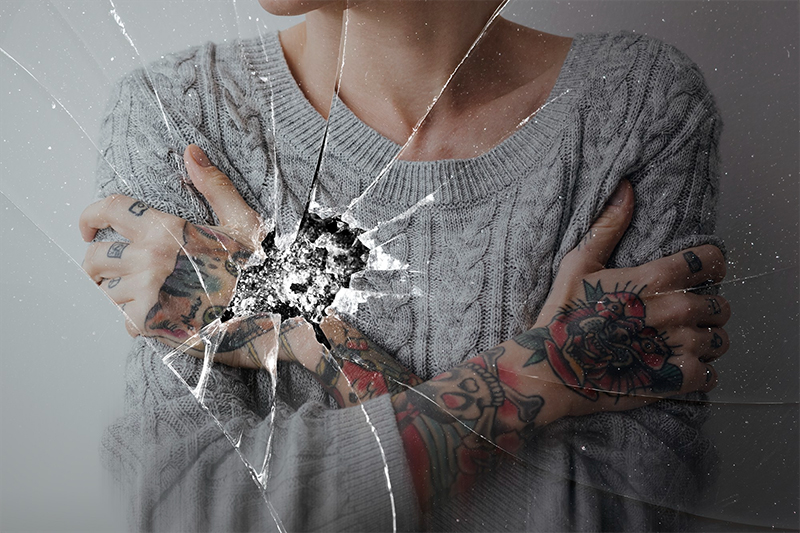Hazing
Hazing is a serious issue that continues to plague sports teams, college fraternities, and other social organizations. This controversial practice involves subjecting individuals, typically new members or pledges, to various forms of physical, emotional, or mental harm as part of a “rite of passage” or initiation.
While hazing rituals may be seen by some as harmless tradition or team-building exercises, they can often escalate to dangerous and life-threatening activities.
Hazing can be defined as any action or situation that intentionally inflicts physical, emotional, or mental harm on an individual as a condition to join or maintain membership in a group or organization. [1] This can include but is not limited to, activities such as:

Hazing often involves an imbalance of power, where older members or leaders exert control and dominance over newer members.
Consent does not absolve responsibility, as individuals may feel compelled or pressured to participate in hazing activities due to social expectations or fear of rejection.
In many cases, hazing is seen as a violation of personal rights and safety, as it can cause severe physical injuries, emotional distress, or even result in death. As a result, there has been a nationwide effort to combat hazing through legislation, educational campaigns, and increased awareness.
The responsibility for preventing hazing falls on both the organizations and individuals involved, as they must create a safe and respectful environment for all members. Violators of anti-hazing laws can face legal consequences, including criminal charges, civil lawsuits, and financial penalties.
Victims of hazing have the right to seek justice, compensation for damages, and hold responsible parties accountable. It is important for victims to consult with personal injury attorneys who specialize in hazing cases to understand their rights and pursue legal action.
Reasons to Sue Over Hazing
While hazing rituals may initially be perceived as harmless traditions or team-building exercises, they can quickly escalate and result in severe injuries or even wrongful death. In such cases, victims may choose to file a lawsuit to hold the responsible parties accountable for their actions.
There are several reasons why individuals may decide to sue over hazing. The individuals or organizations involved in the hazing incident can be held legally liable for their actions.
This can include the college or university where the incident occurred, fraternity or sorority members, and even the national organization that oversees the group.
Each of these entities has a duty to ensure the safety and well-being of their members and could be held responsible if they fail to take appropriate measures to prevent or address hazing incidents.
Various liabilities can be pursued in hazing lawsuits. Negligence is a common one, where the plaintiff must establish that the responsible party owed a duty of care, breached that duty, and that the breach directly caused their injuries.
Premises liability may also apply if the hazing incident occurred on the property owned or controlled by an organization or institution.
Assumption of responsibility may be invoked if a person or entity voluntarily takes charge of a situation, thereby assuming the duty of care for the safety of others. Vicarious liability may also be relevant, holding individuals or organizations accountable for the actions of their members.
Types of Hazing
Hazing is a practice that has been prevalent in sports teams, college fraternities, and other social organizations for many years. Though it is often perceived as a harmless tradition or rite of passage, hazing can quickly spiral out of control and lead to physical, emotional, and mental harm to its victims. [2]
In some cases, hazing can have severe consequences, resulting in injuries or even fatalities. As such, victims of hazing may choose to pursue legal action against those responsible. Some of the most common types of hazing include:

Legal Implications for Those Involved in Hazing
Victims of hazing can suffer severe physical and emotional harm, and, in some cases, even face death. As a result, there has been an increasing awareness of the legal implications for those involved in hazing.
From civil lawsuits seeking compensation for injuries to criminal charges, the consequences of engaging in hazing can be significant and far-reaching.
If you or someone you know has been a victim of hazing, contact the experienced personal injury attorneys at Goldberg & Loren. They will provide you with legal advice to learn more about your rights and potential remedies.
Sources:
[1] What is Hazing? | Student Affairs. (n.d.). https://studentaffairs.lehigh.edu/content/what-hazing
[2] The Issue | What Is Hazing | Solutions | StopHazing. (2023, July 18). stophazing.org. https://stophazing.org/issue/

